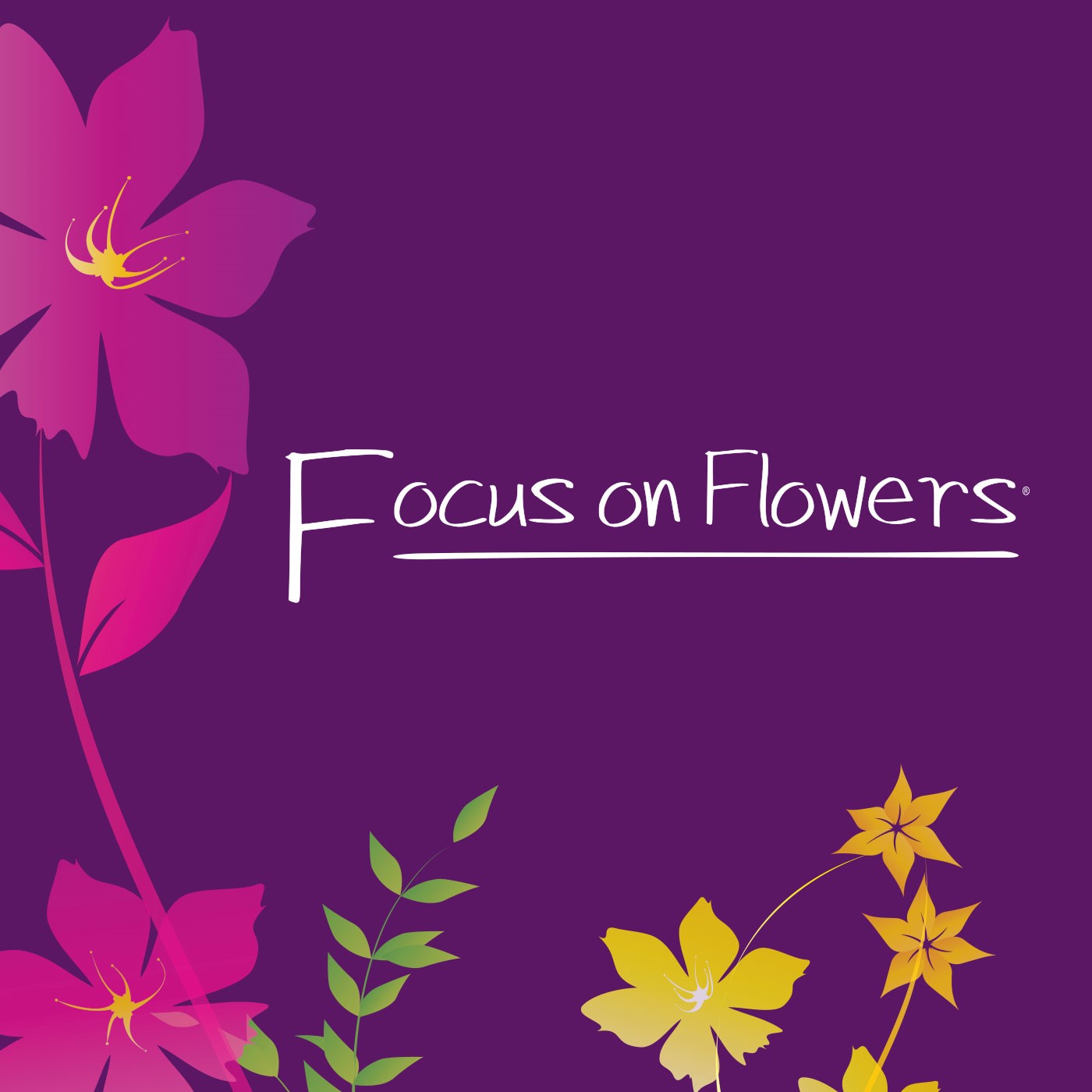1919 episodes
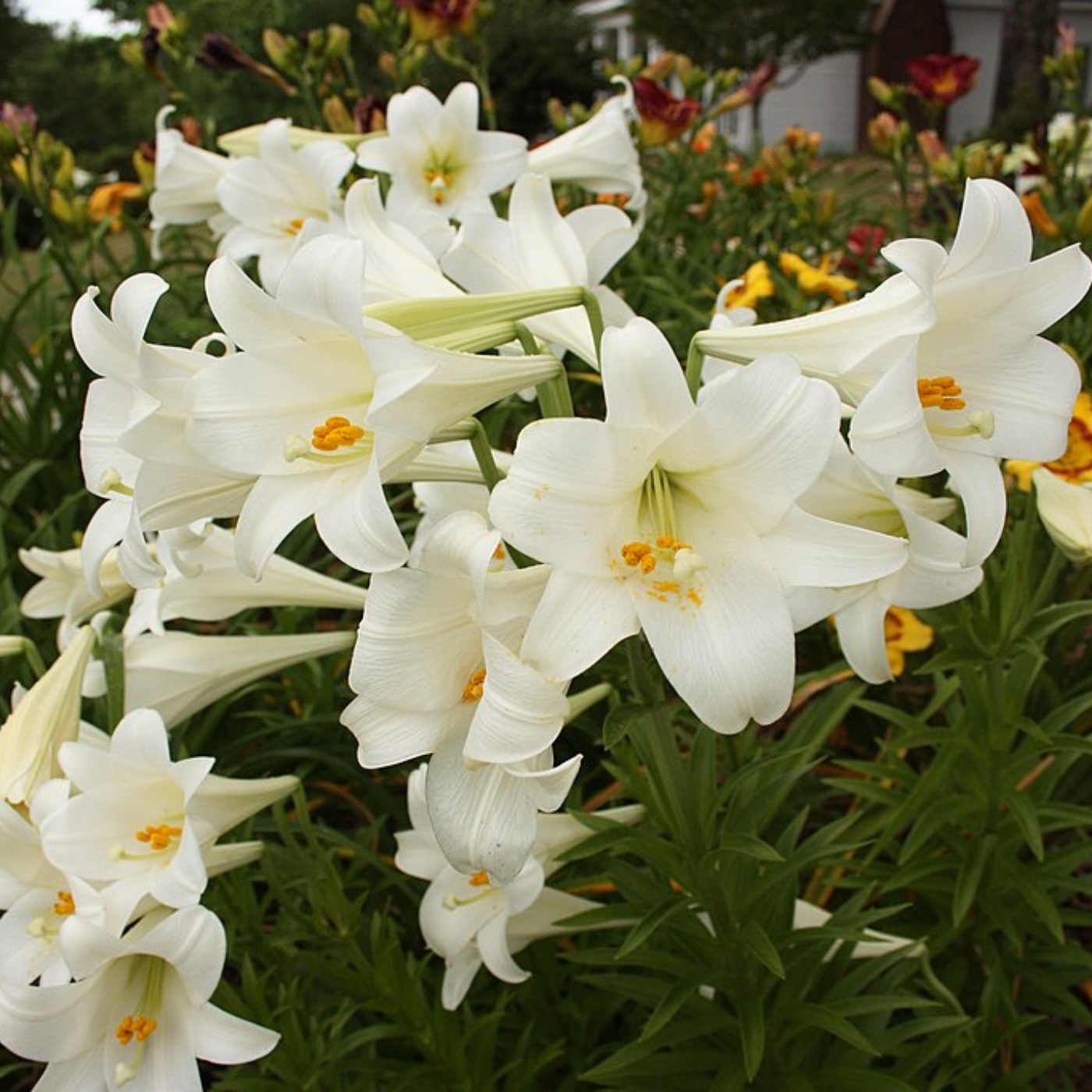

At this time of the year many flower lovers buy pots of Easter lilies at the grocery store to have in their homes during the Easter season
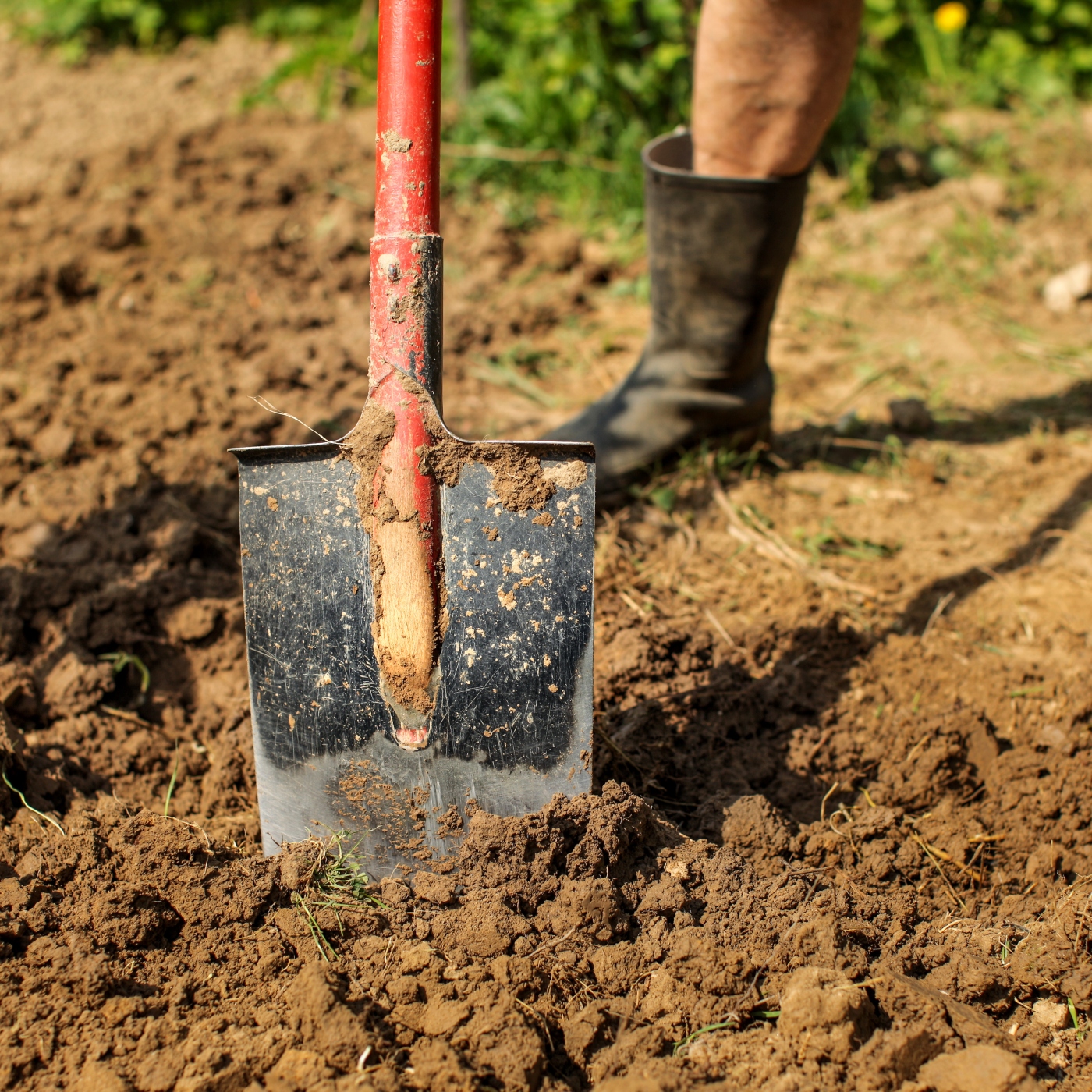

Clay soil is heavy and hard to dig compared to sandy soil, but it is also more moisture and nutrient retentive.
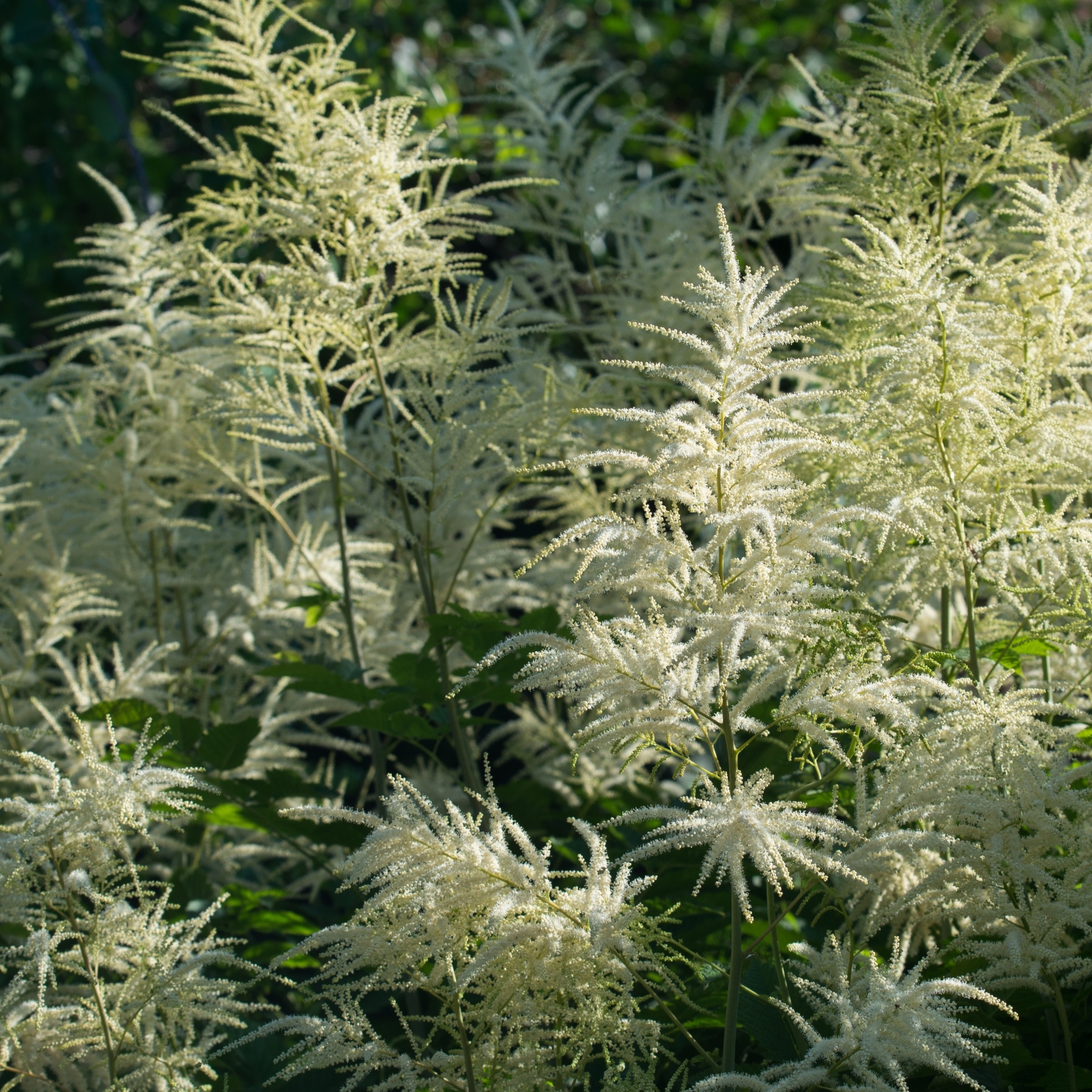

No plant, it seems to those of us plagued with deer, can be called really deer proof.
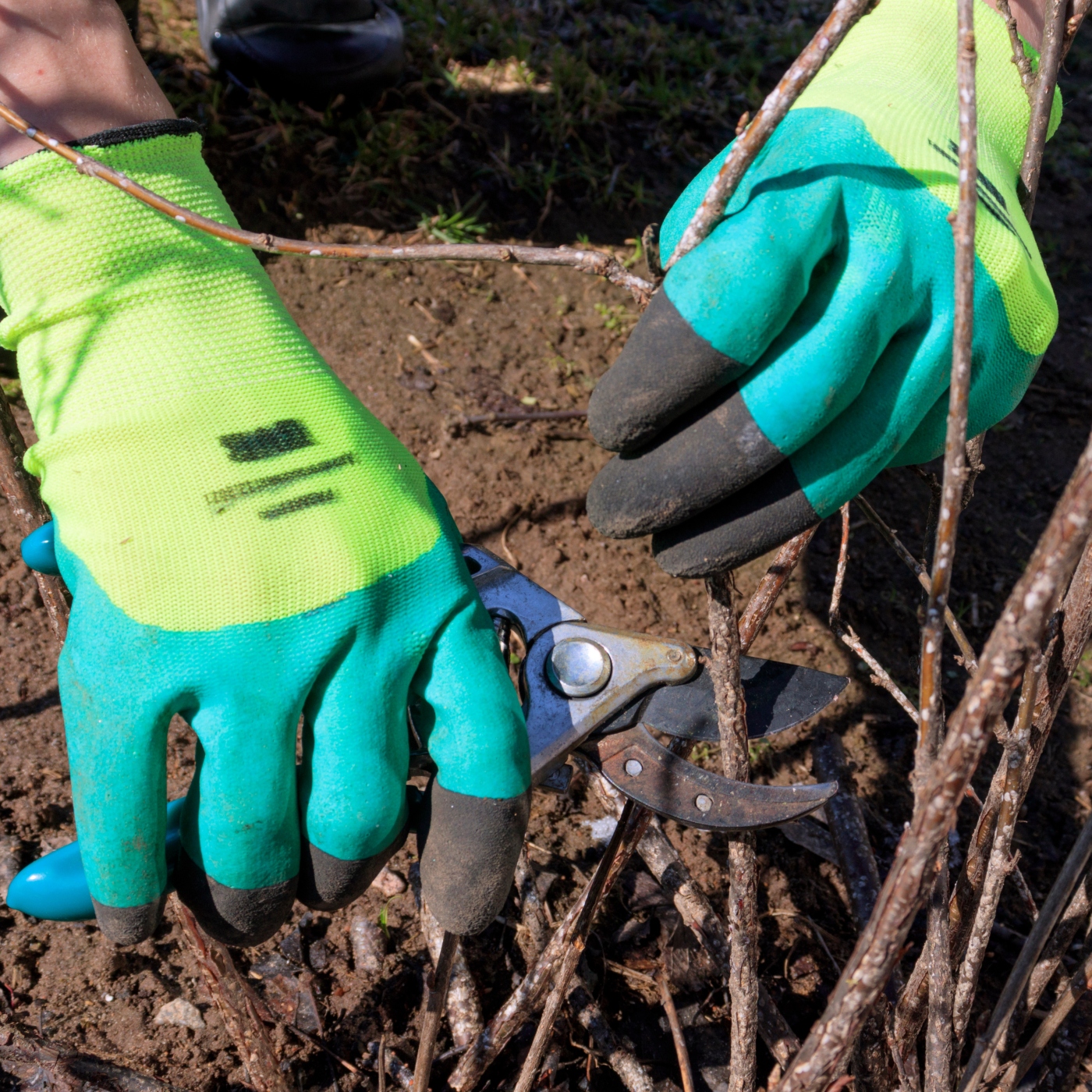

Regular pruning benefits all woody plants, such as shrubs, trees, and vines. Pruning keeps them vigorous and healthy, as well as improving their shape.
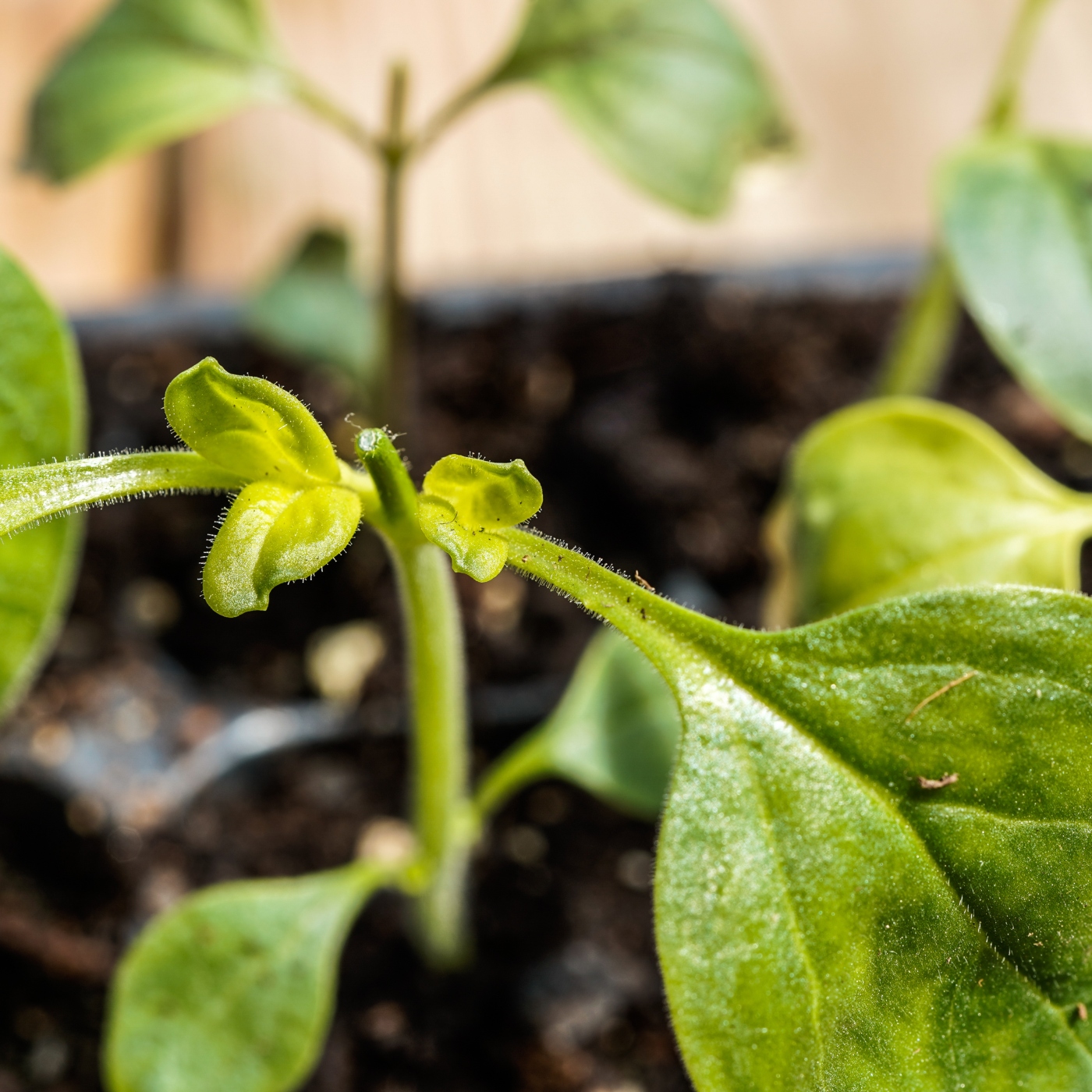

Cutting back plants, even small ones, helps to stimulate growth. But don't cut off all of the leaves!
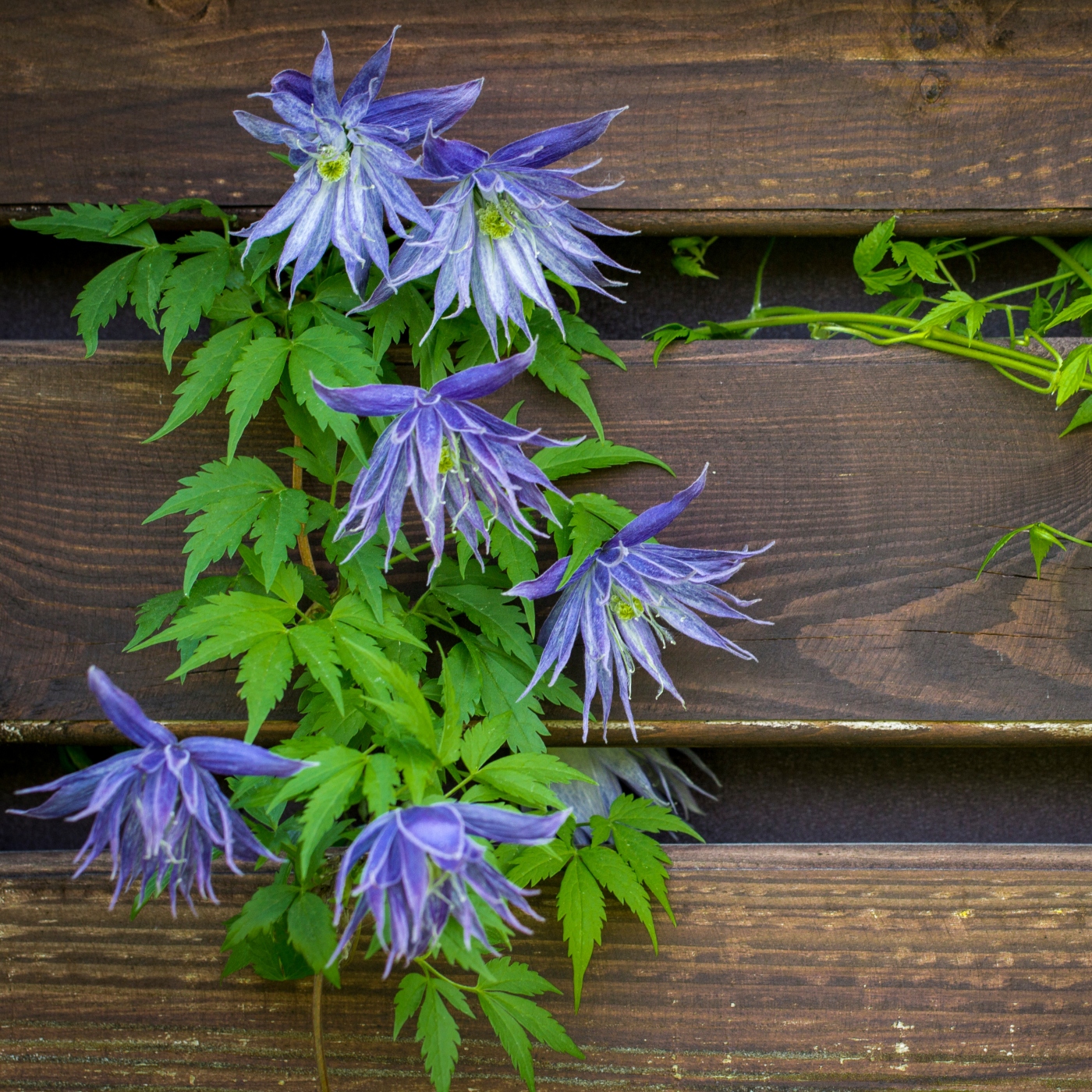

There are so many lovely varieties of clematis available today. Even a single bloom floating is a bowl looks perfect.
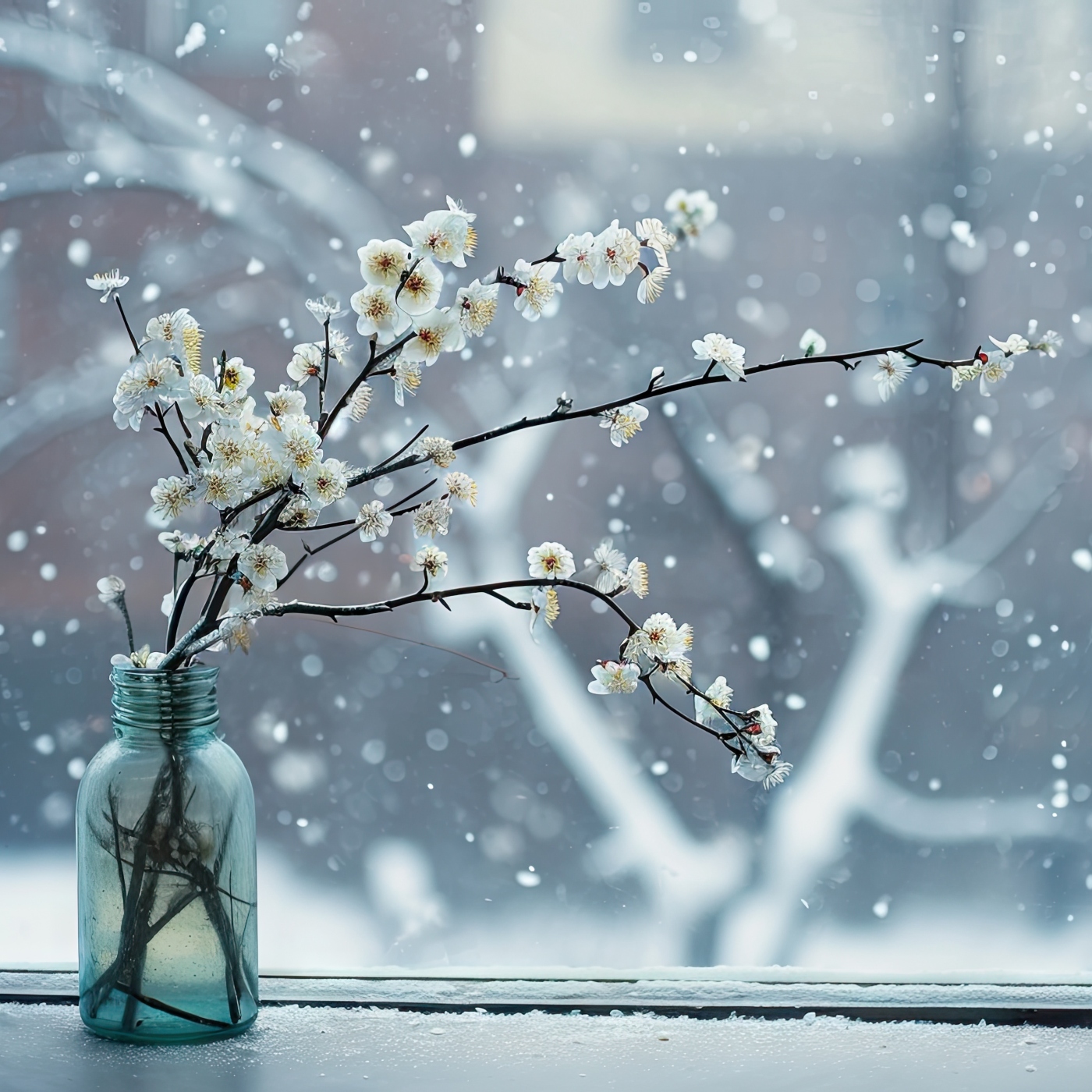

In late winter, after months without garden flowers, we are eager to see flowers in our homes. However, there is a wonderful feeling we get when we force branches of early spring-blooming trees and shrubs.


All of the poems I will read today are about roses and all are from times long past.


The flowers associated with St. Valentine were, in Roman times, the yellow crocus and the tricolor viola that both bloom in the early spring in our gardens today. But there are also other saints associated with February...
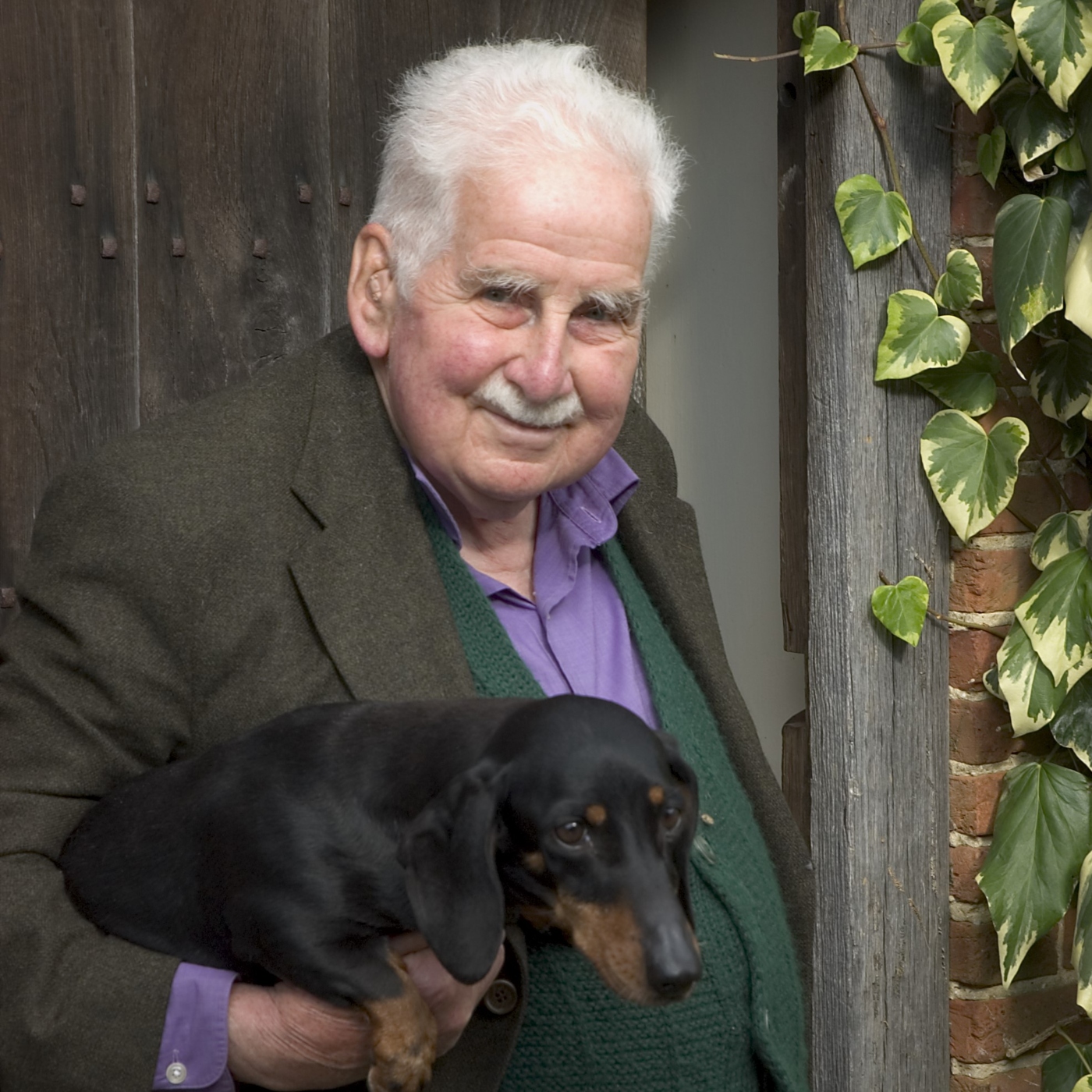

In 1993, Christopher Lloyd hired Fergus Garrett as his head gardener and together they turned the traditional 80-year-old rose garden into an exotic tropical area. Christo was amused by the consequent criticism from traditionalists.
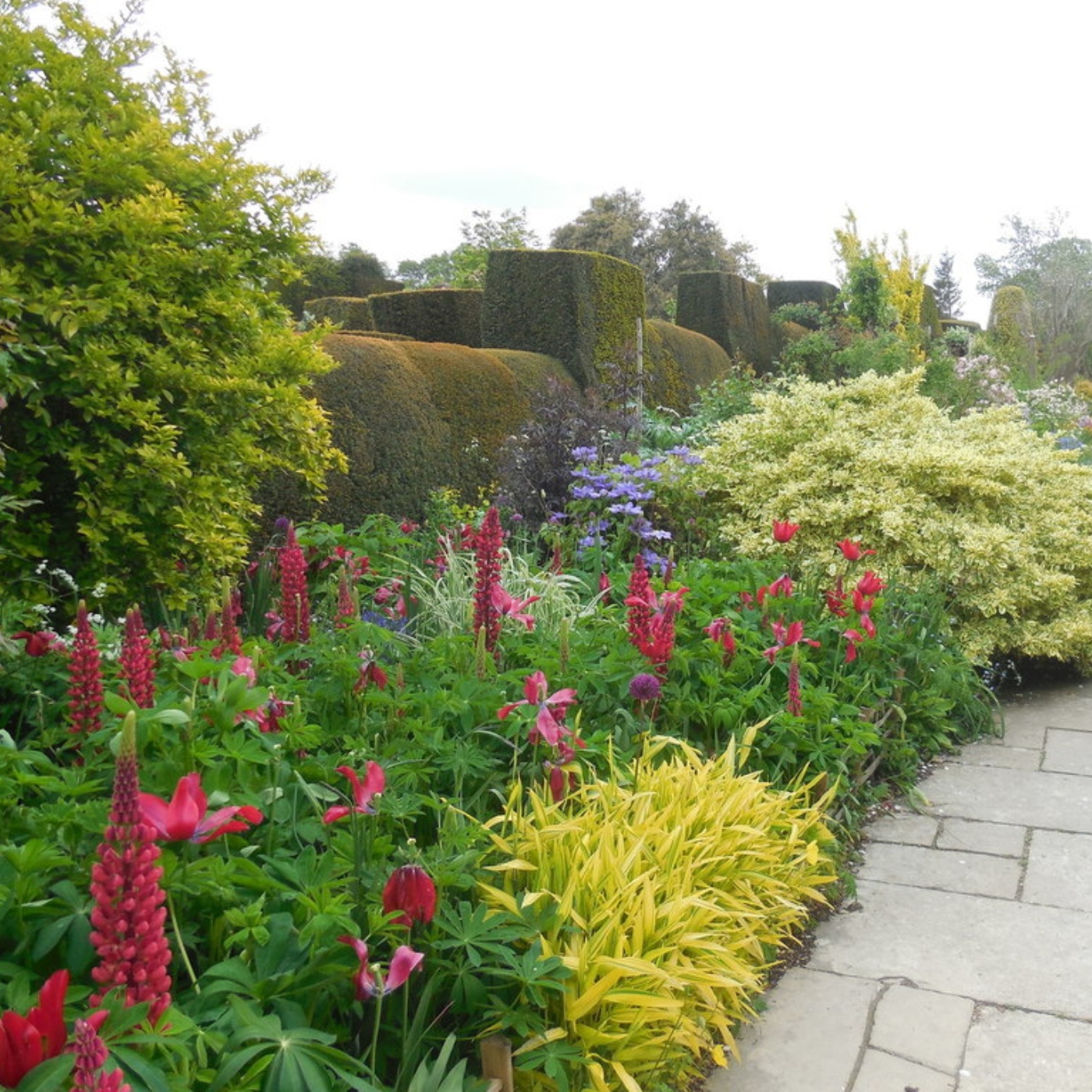

Great Dixter's Christopher Lloyd created his famous term "succession planting" to describe continuous bloom month after month, beginning in March and ending in October.
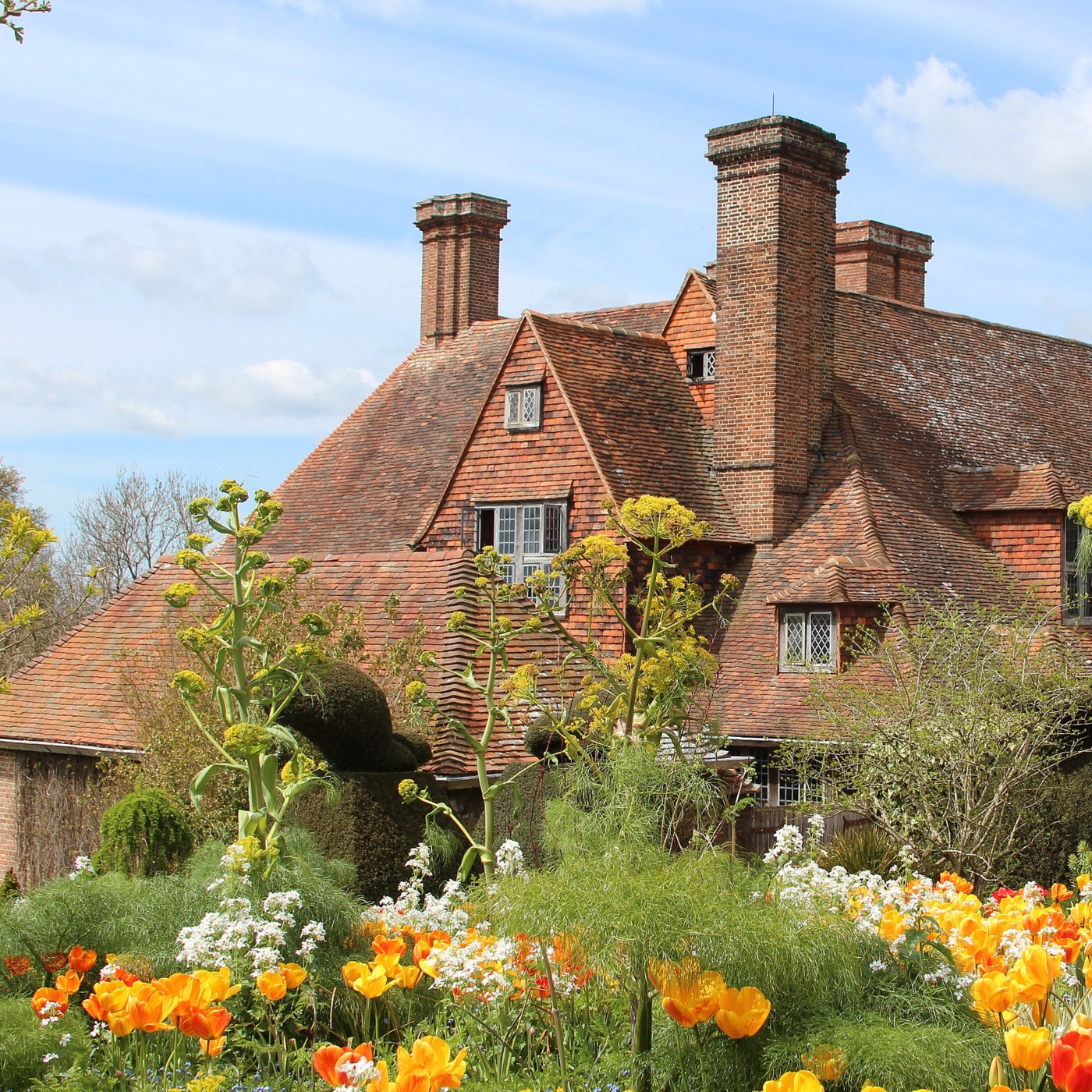

One of Britain's most celebrated gardens, Great Dixter is a magnificent place where one can learn and be inspired. A trip there should be on every gardener's bucket list.


In AD 830, St. Benedict said that gardening was appropriate manual labor for monks and that all monasteries should have a psychic garden, kitchen garden, cellar garden, an orchard, and a private garden for monks of high office.


The Romans were the first to create pleasure gardens in Britain.
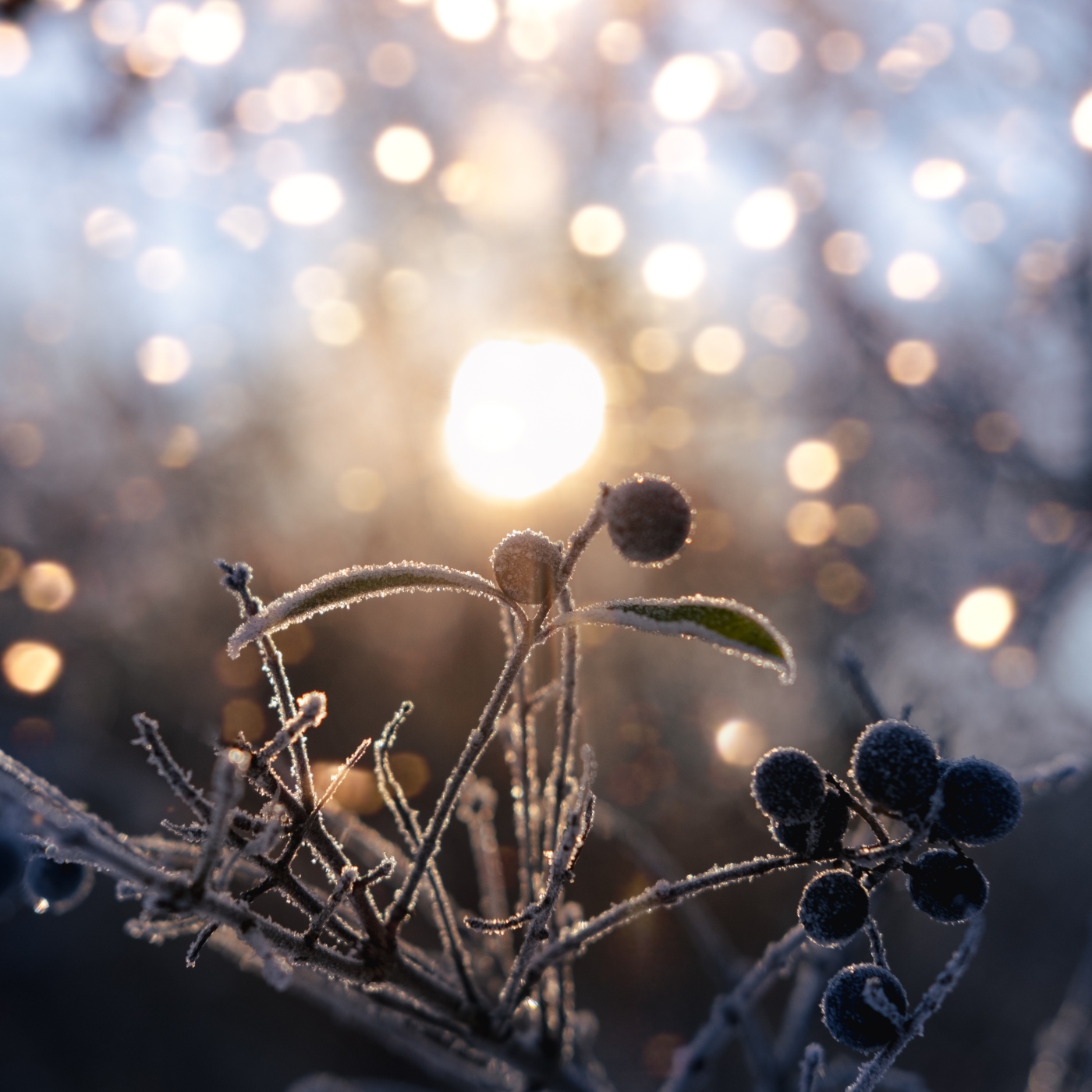

The winter solstice marks the day with the fewest hours of sunshine in the year, which means that it is described as the shortest day.
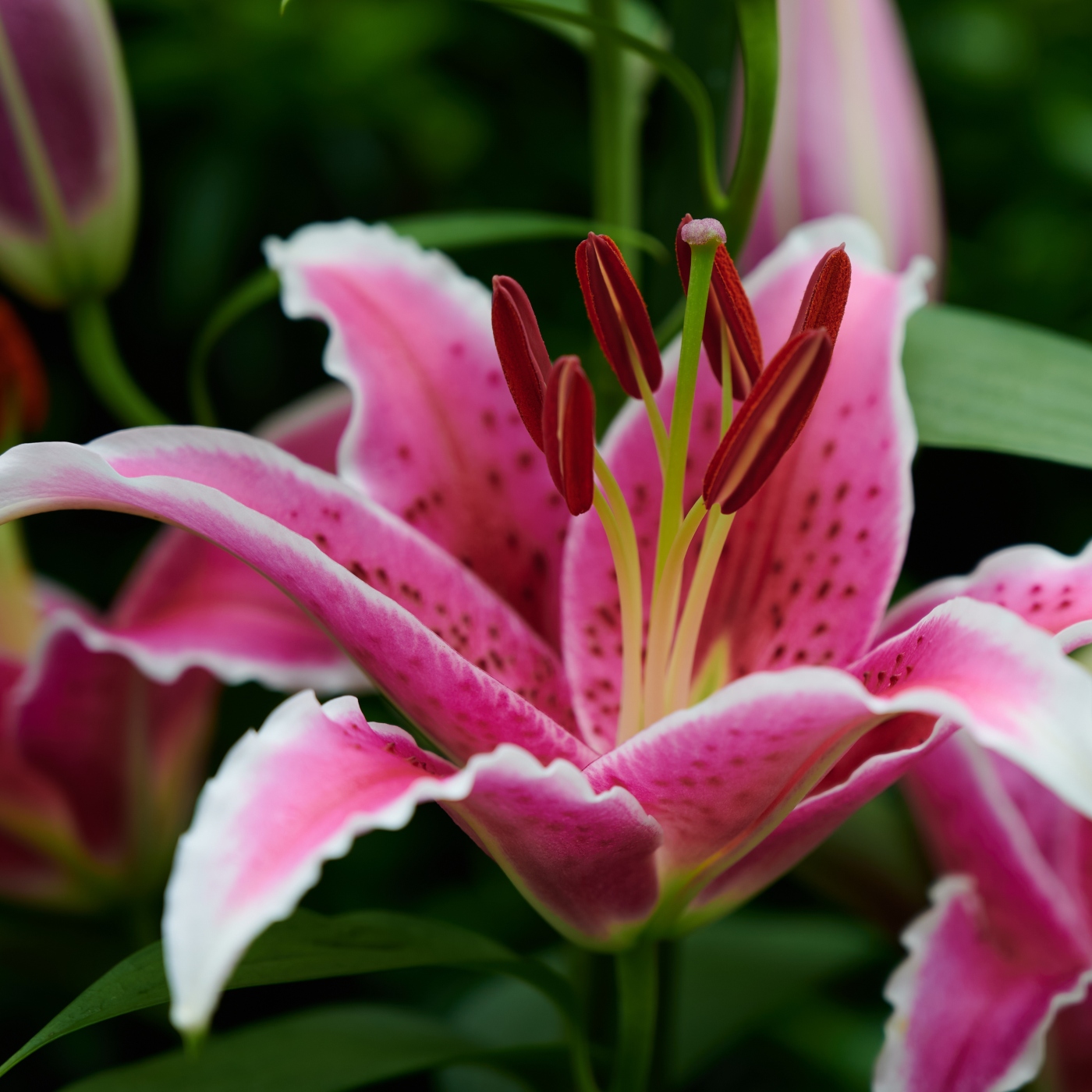

Bees, butterflies, moths, and other insects used to be the only creatures who transferred pollen from flower to flower. Nowadays, it is often a person with a fine brush.


The idea of private pleasure gardens during the Middle Ages in England was espoused by Eleanor of Aquitaine.


Most of us occasionally get little black flies that look a bit like fruit flies around our houseplants. They're fungus gnats and essentially harmless, mostly...
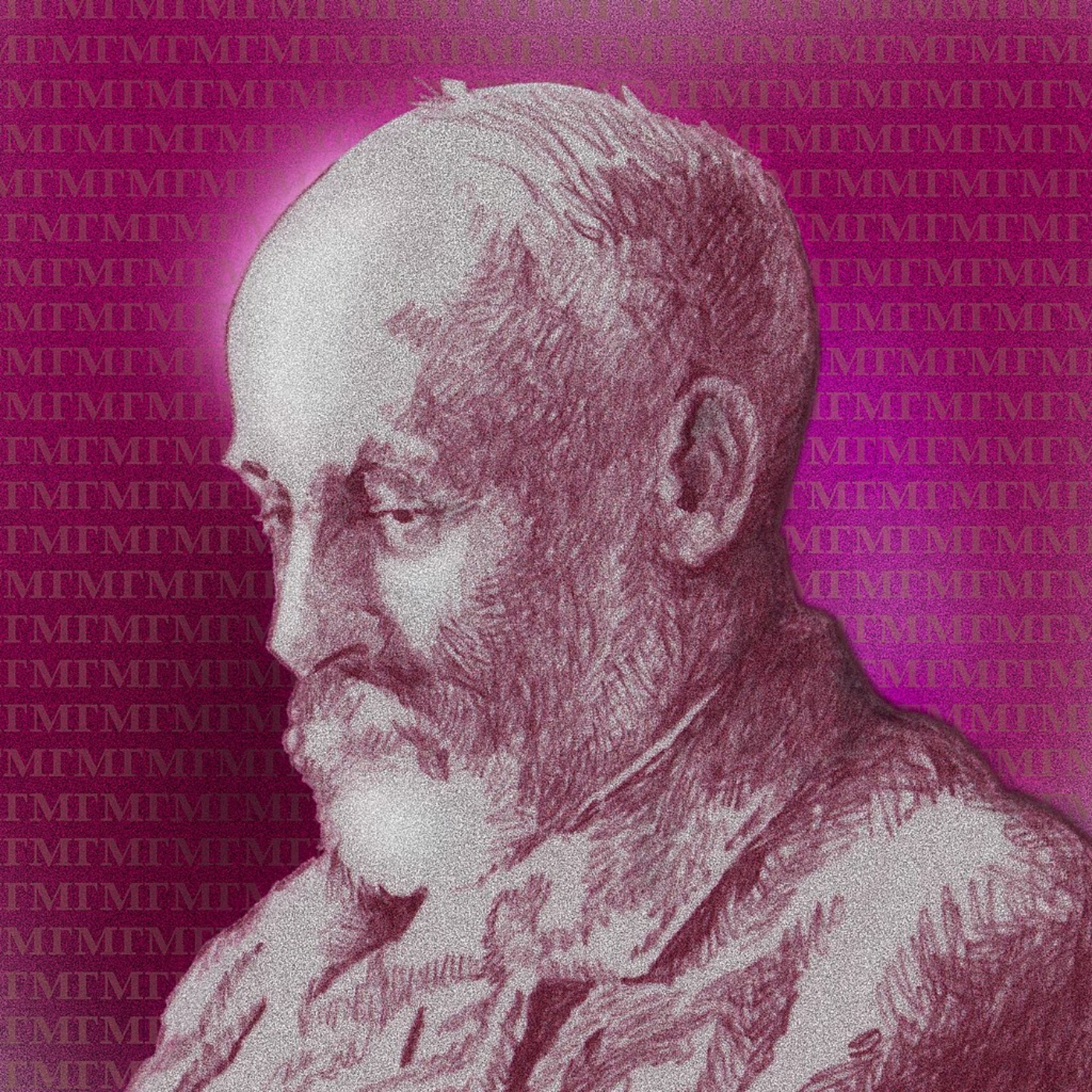

One of the most influential horticulturalists of the late 19th and early 20th centuries was William Robinson, the first to promote the idea of a wild garden.


Fall is a great time to collect the seed pods from shrubs like baptisia and hardy hibiscus and store them in paper envelopes indoors until next spring.
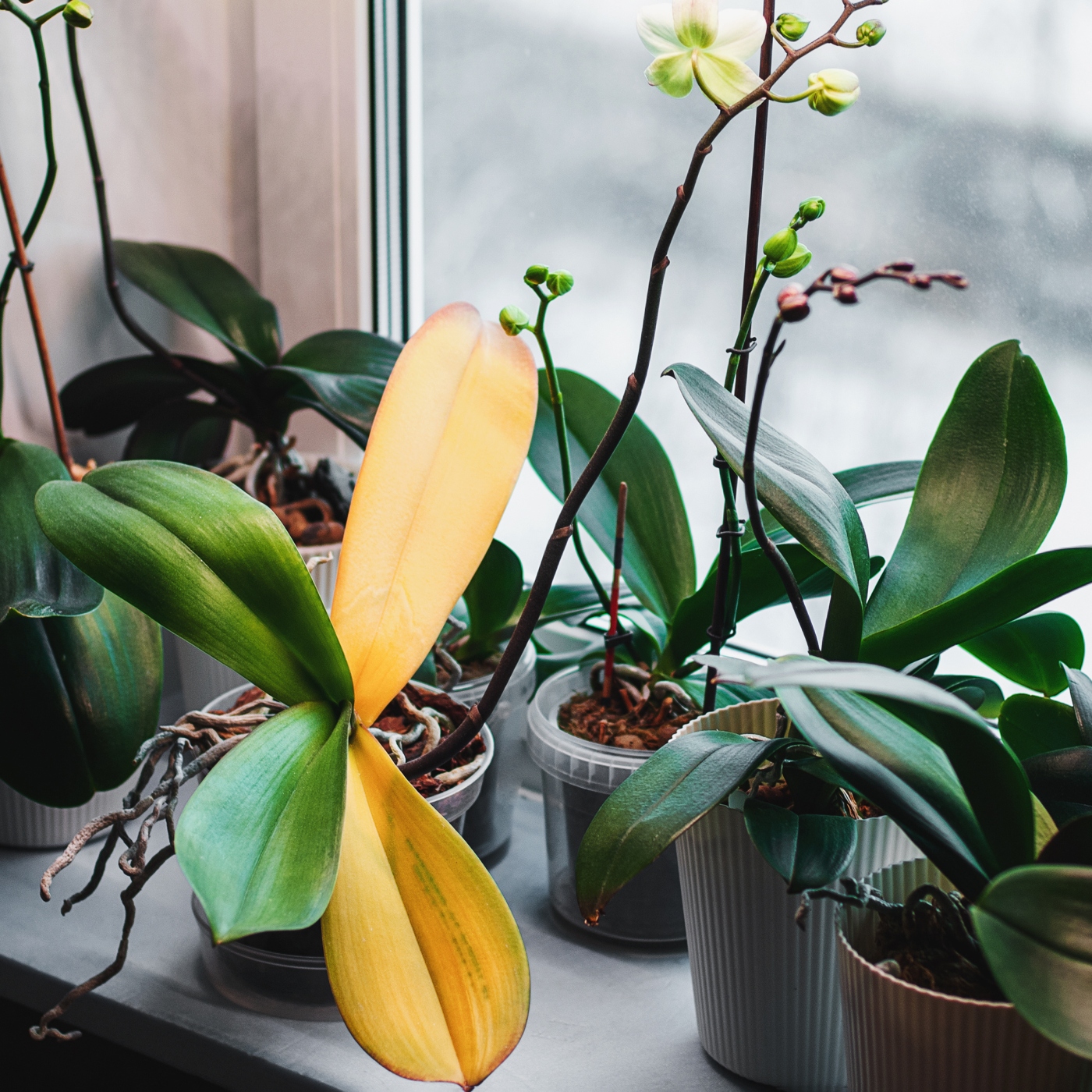

Houseplants that bloom help us to get through winter while awaiting next year's flowers in the garden. But often houseplants suffer from problems that we must address promptly to save a plant's life.
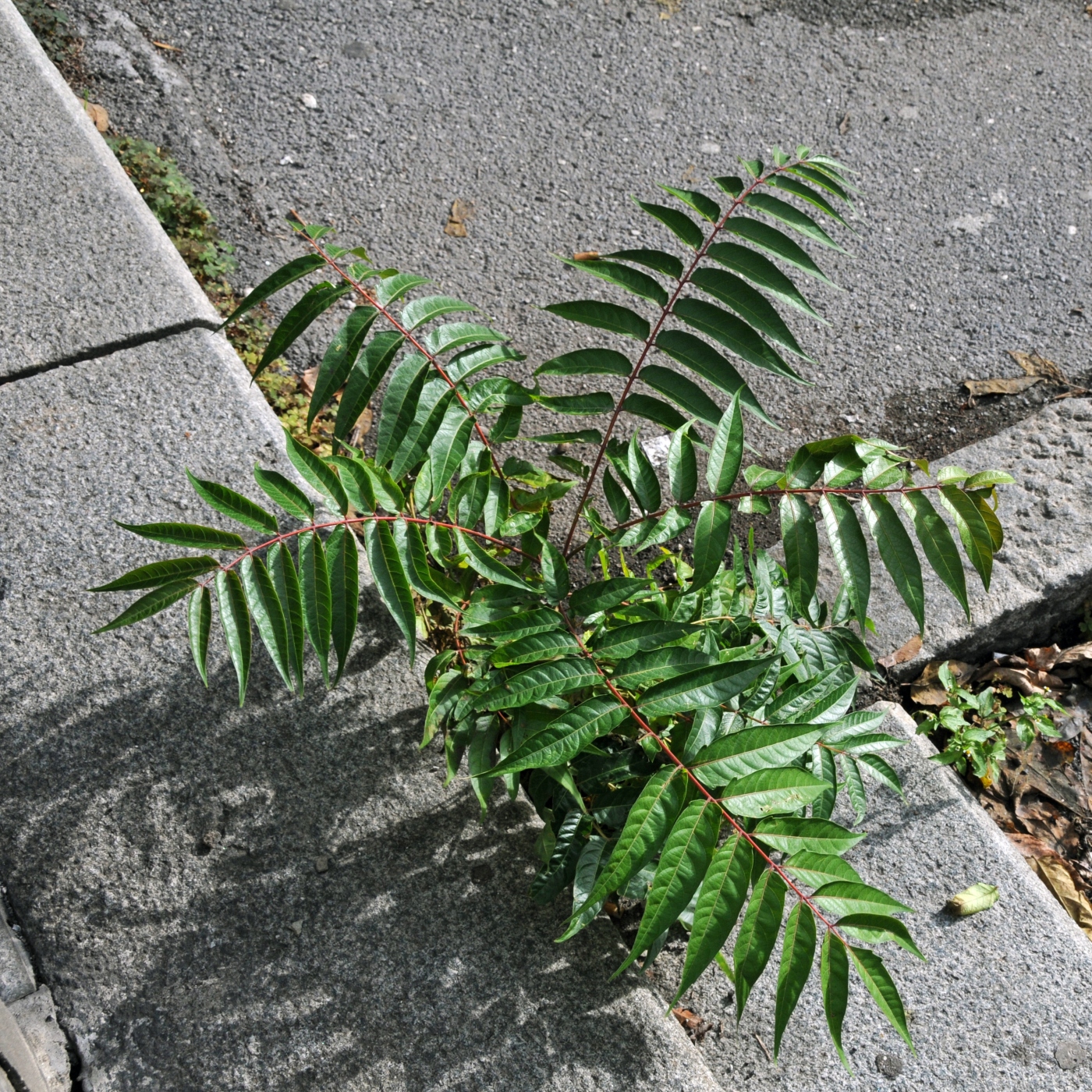

Betty Smith is the author of the book A Tree Grows in Brooklyn about a young girl who is inspired by a tree. Unfortunately, the tree happens to be an invasive species.
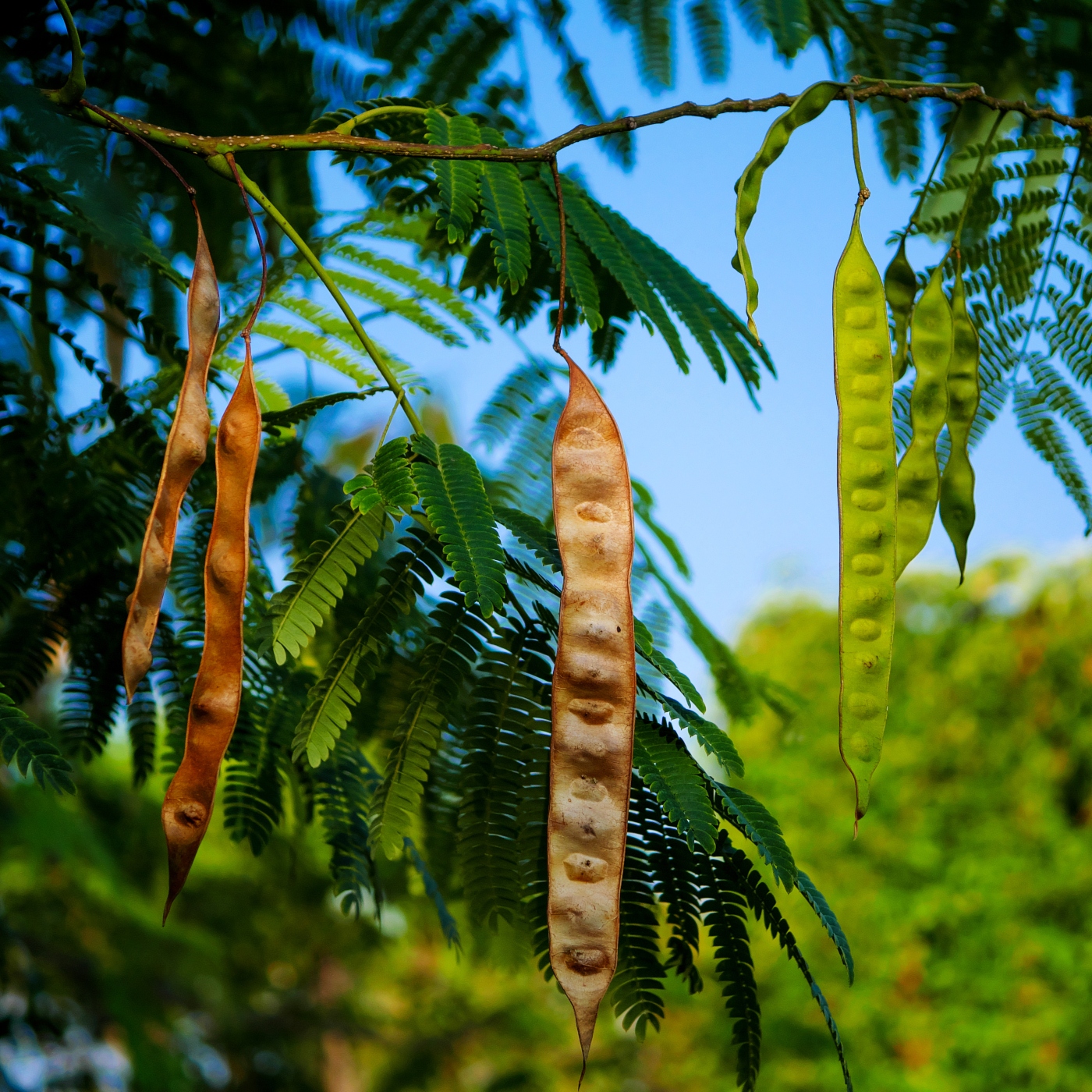

You do not want this junk tree anywhere near your garden, as it self-seeds aggressively and many people are highly allergic to its pollen.
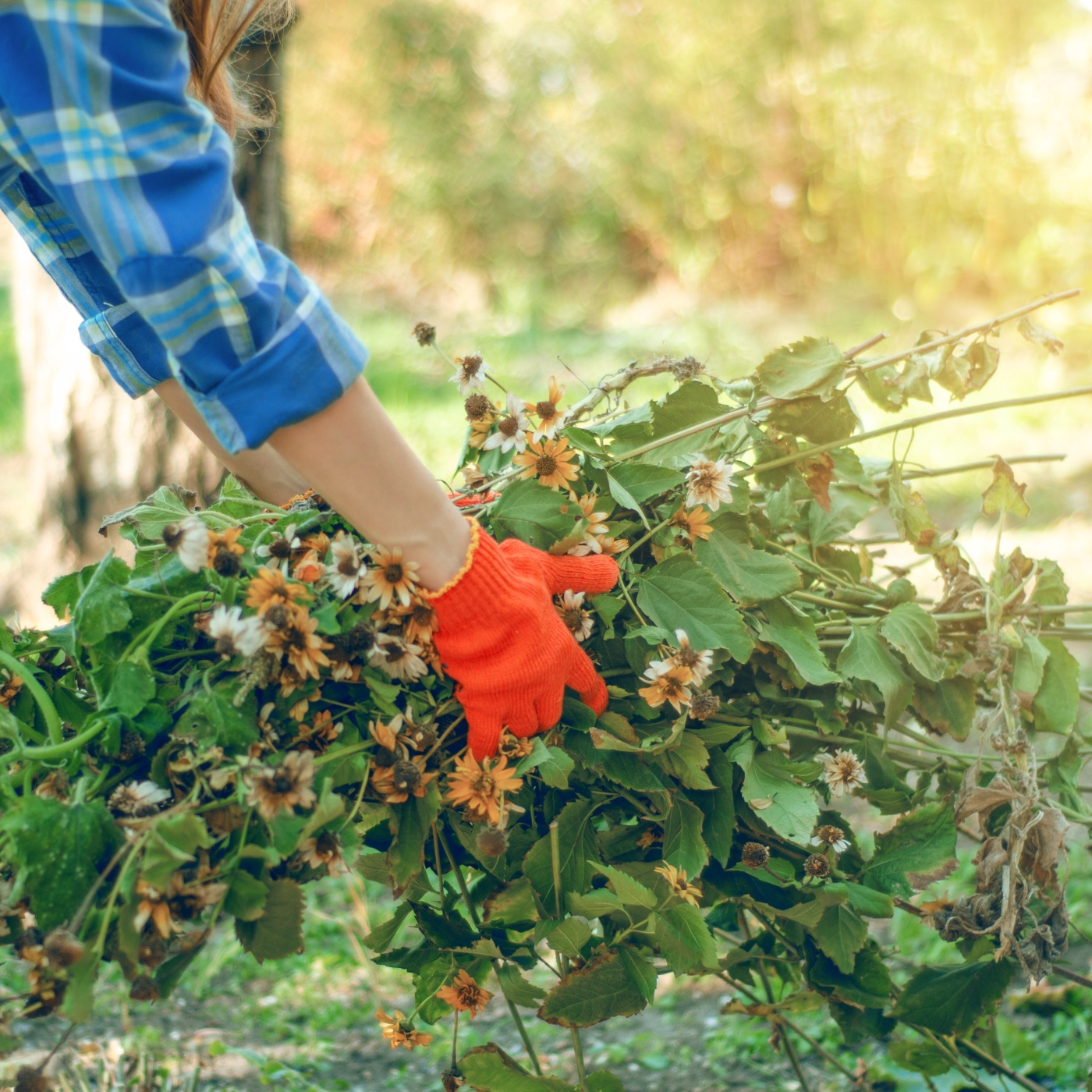

Continually cut back plants that have done their stuff to allow more room for those whose bloom period is yet to come.
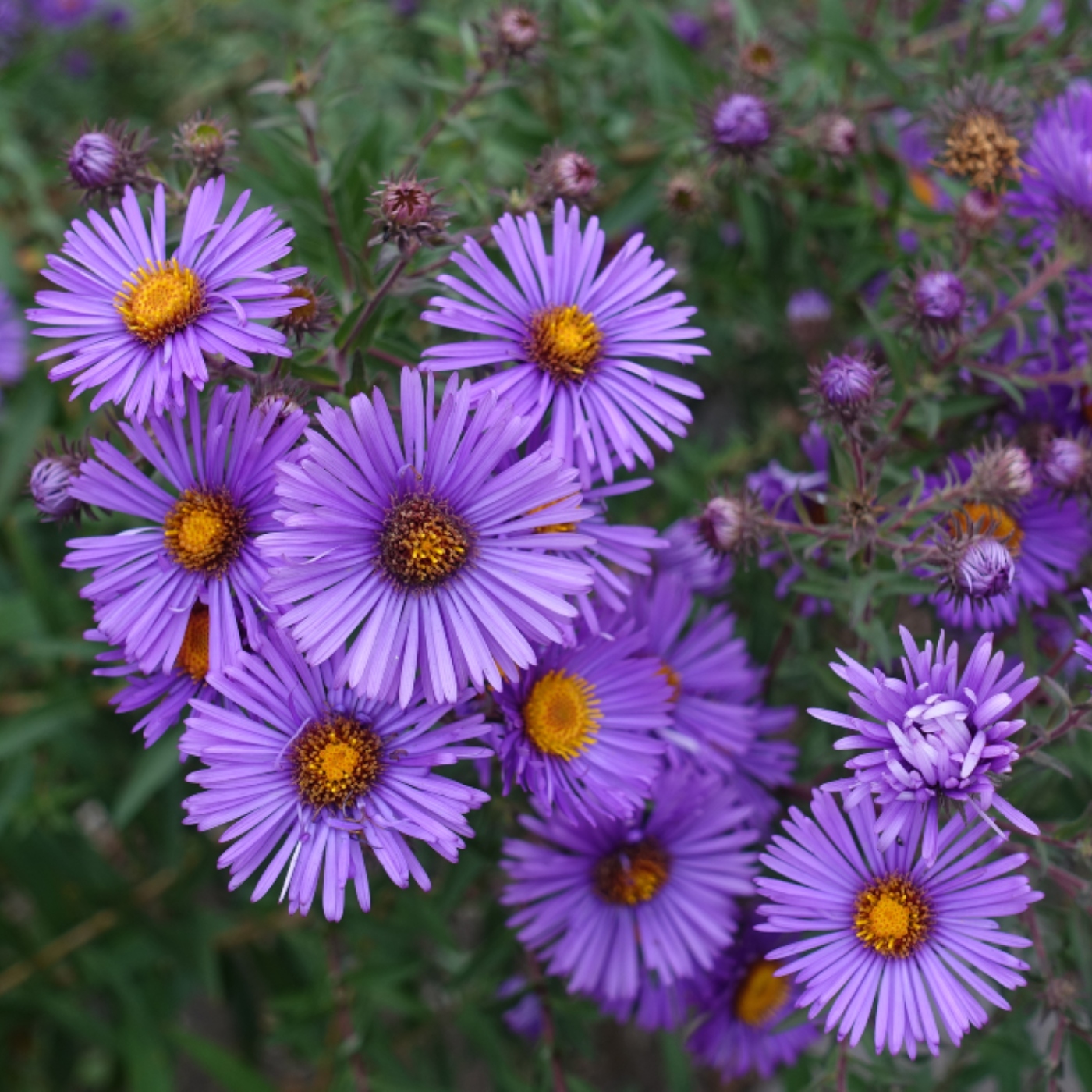

If you need something in bloom all through the growing seasons in your garden, check that you have these plants.
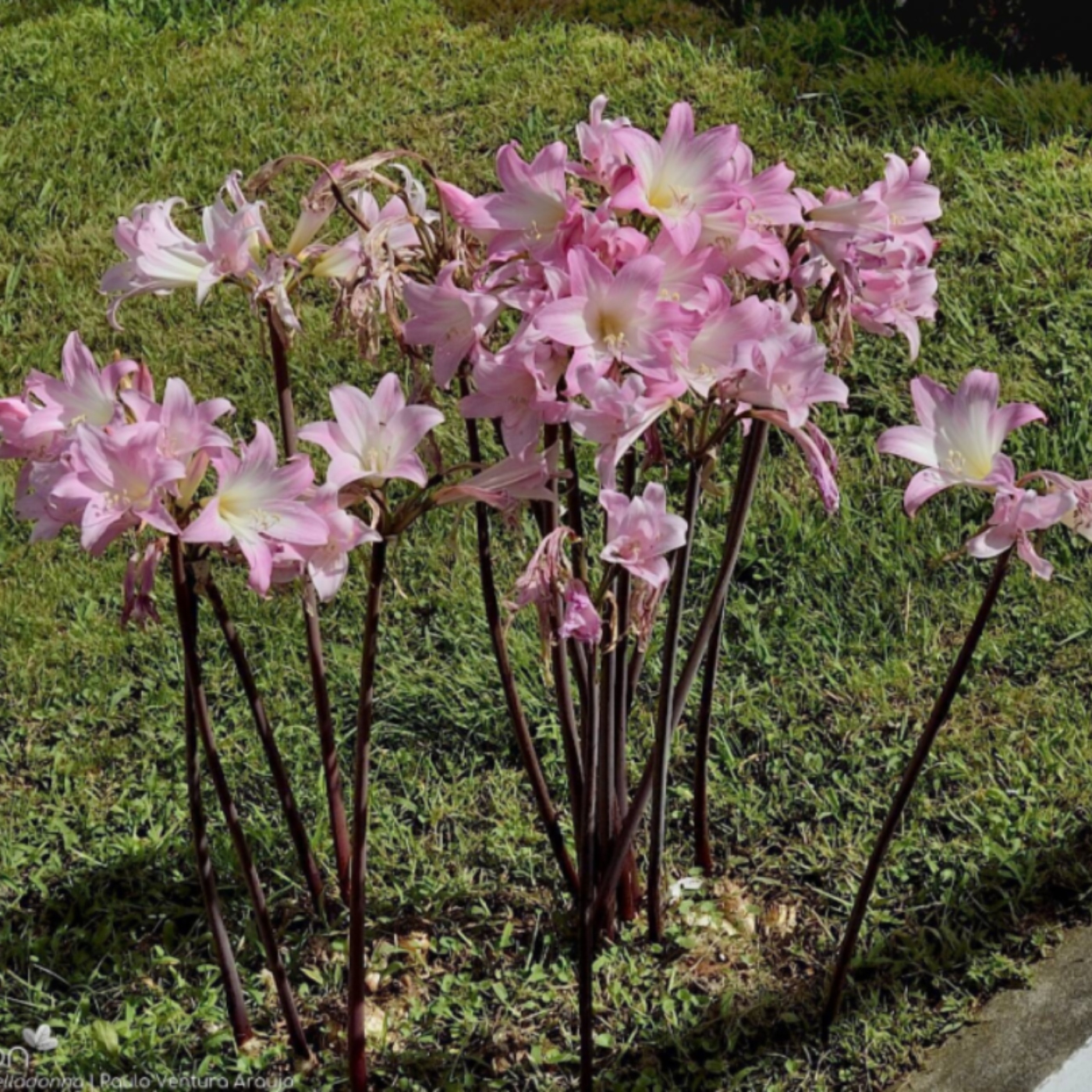

There are many common names for the pink lilies, Amaryllis belladonna, that pop up in our gardens during the hot days of August/September: naked ladies, magic lily, autumn lily, surprise lily, and resurrection lily.
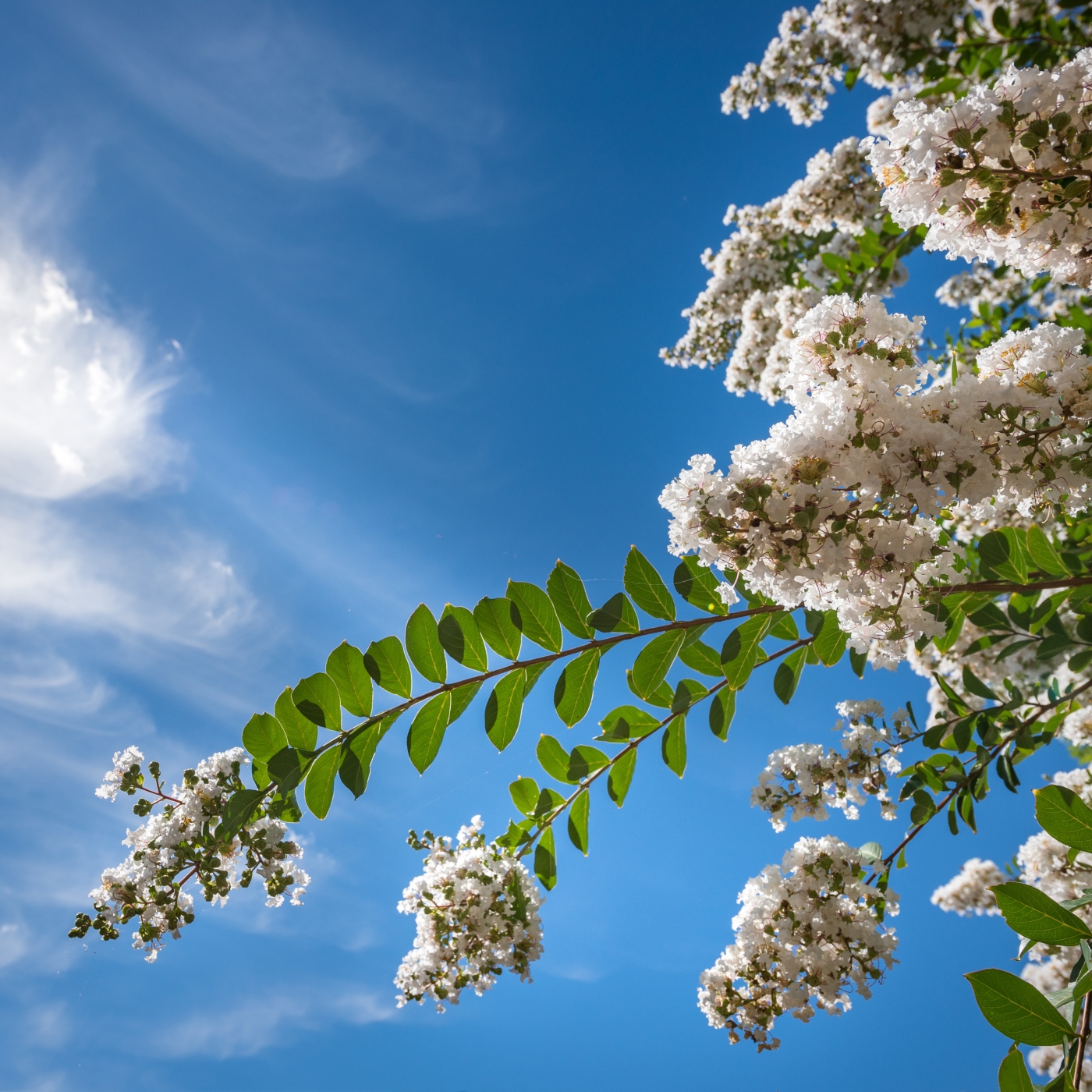

Native to the Far East, crepe myrtles can be trees or but in my zone 6 garden, they usually die back to the ground each winter.
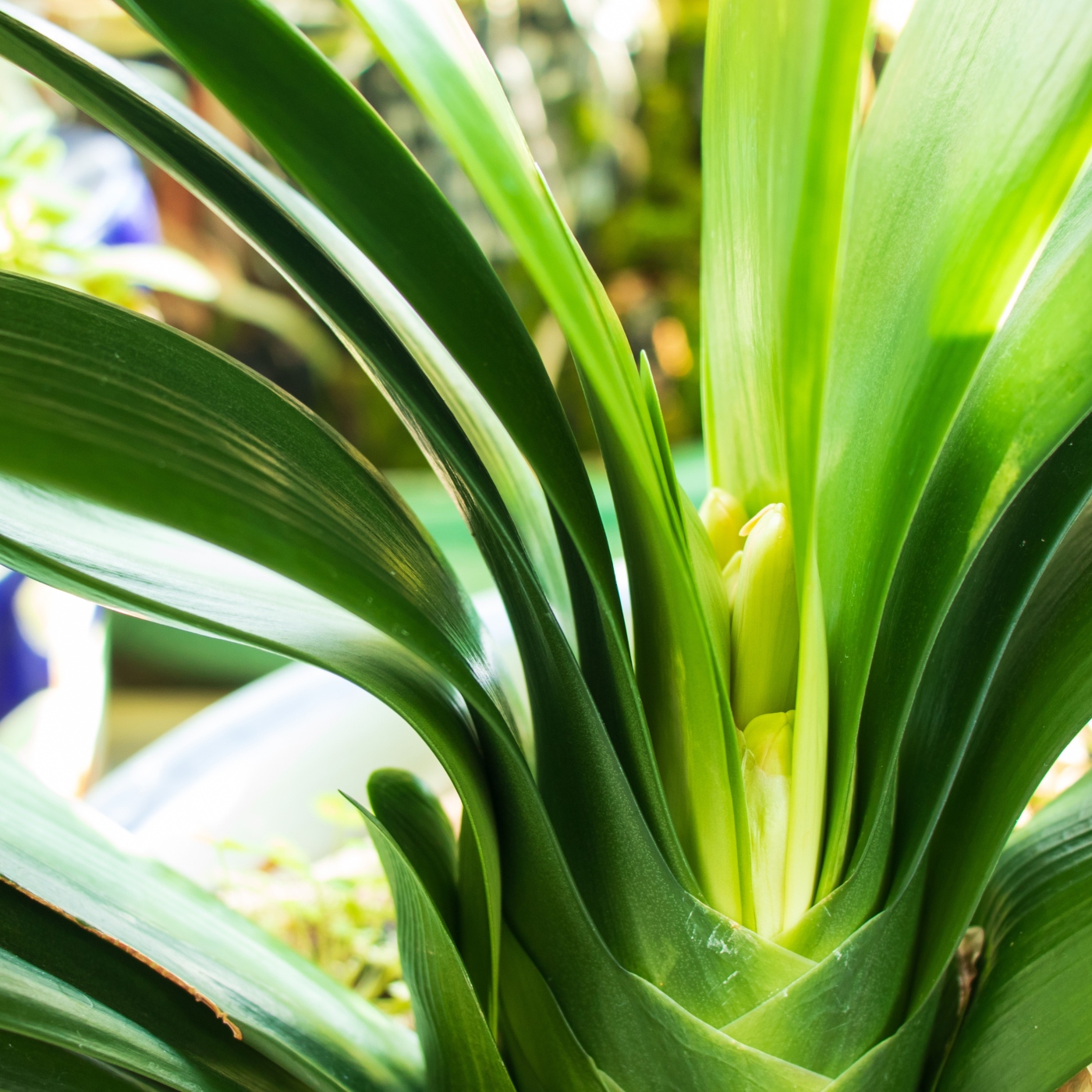

The winter-blooming clivia plant is one of the very few house plants that will produce flowers indoors in the dead of winter.
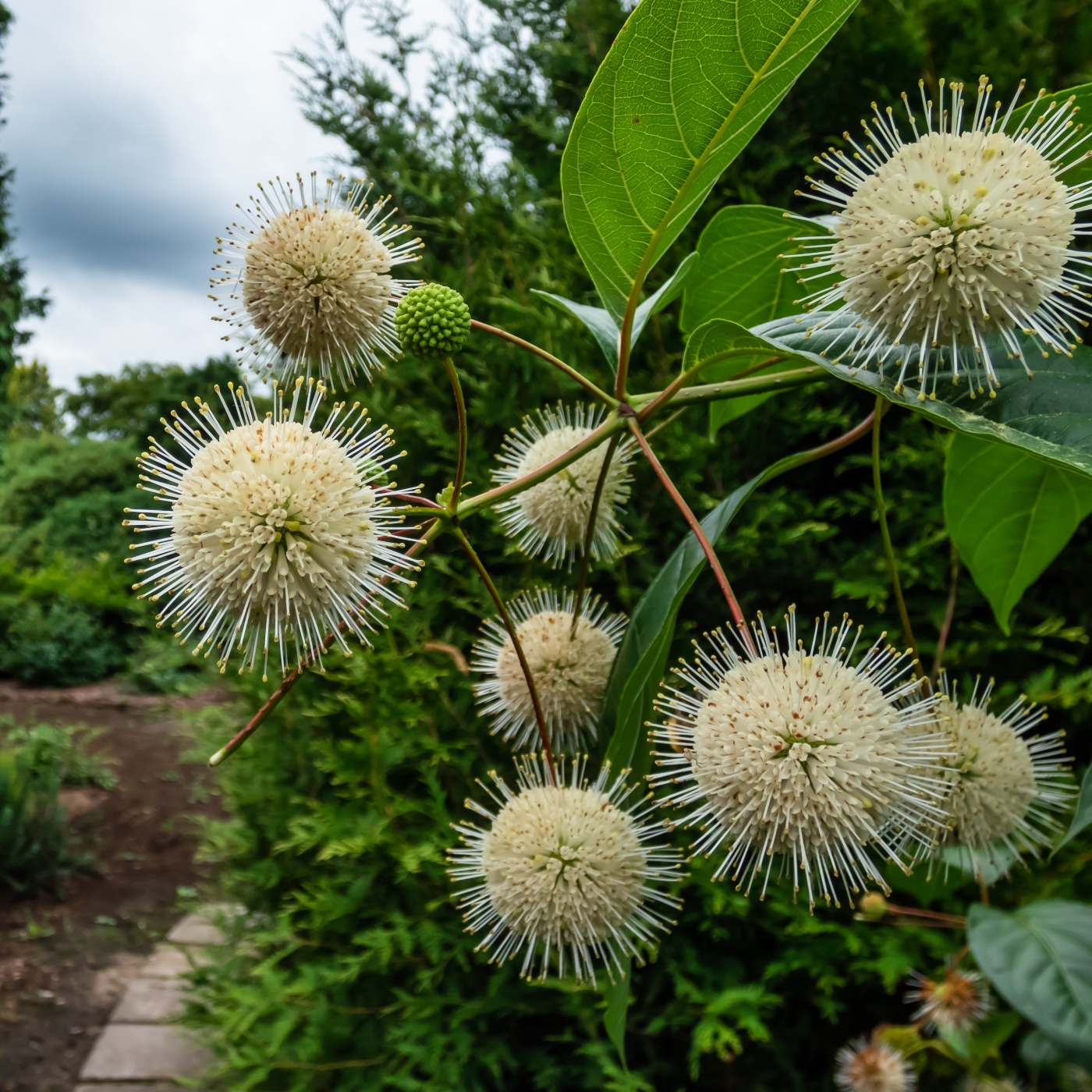

If you are looking for deer resistant shrubs to plant in your unfenced yard, the safest evergreens are spruce, juniper, and boxwood.


Early on, I longed for all the more pretentious perennials, but now I prefer the tried and true.
